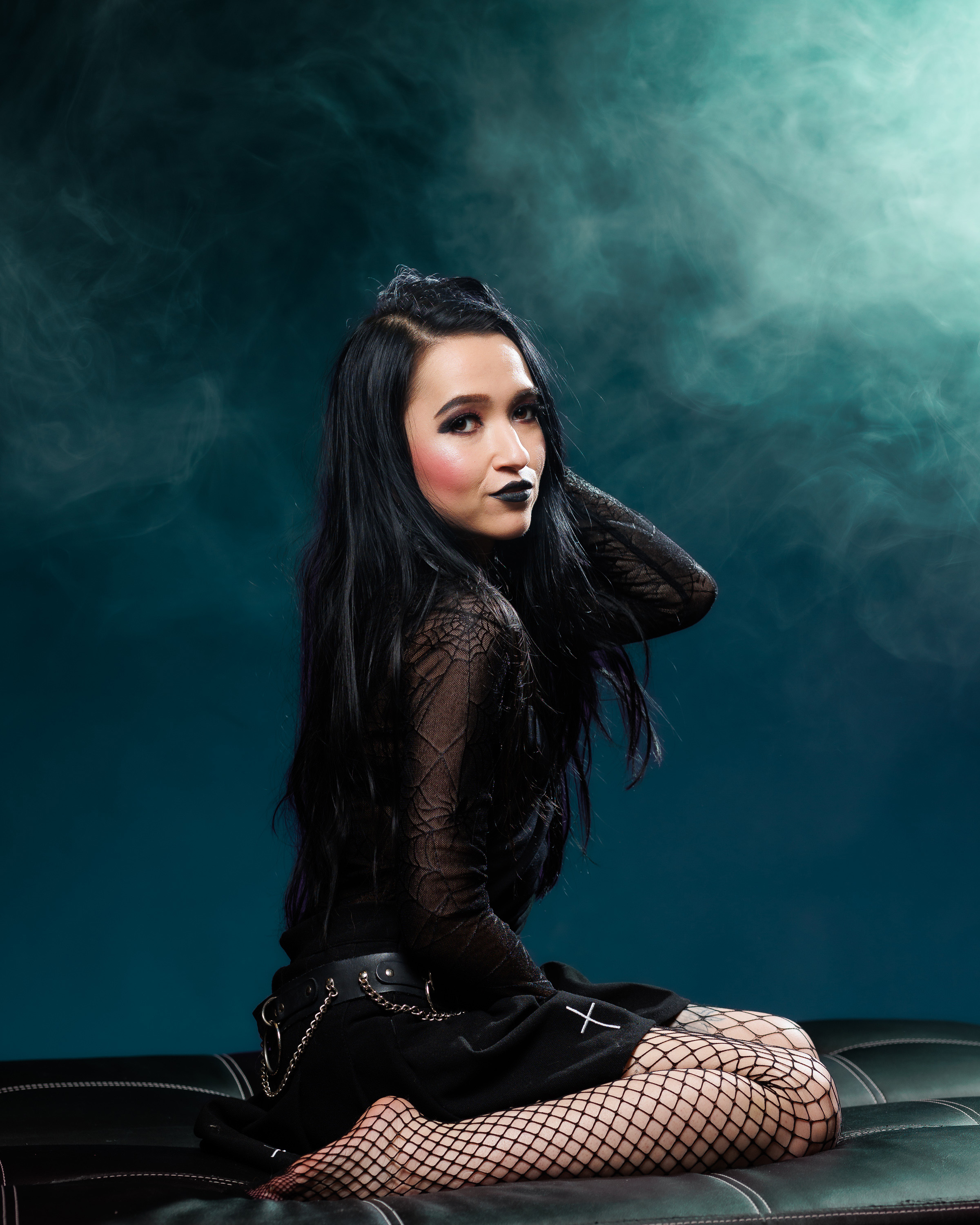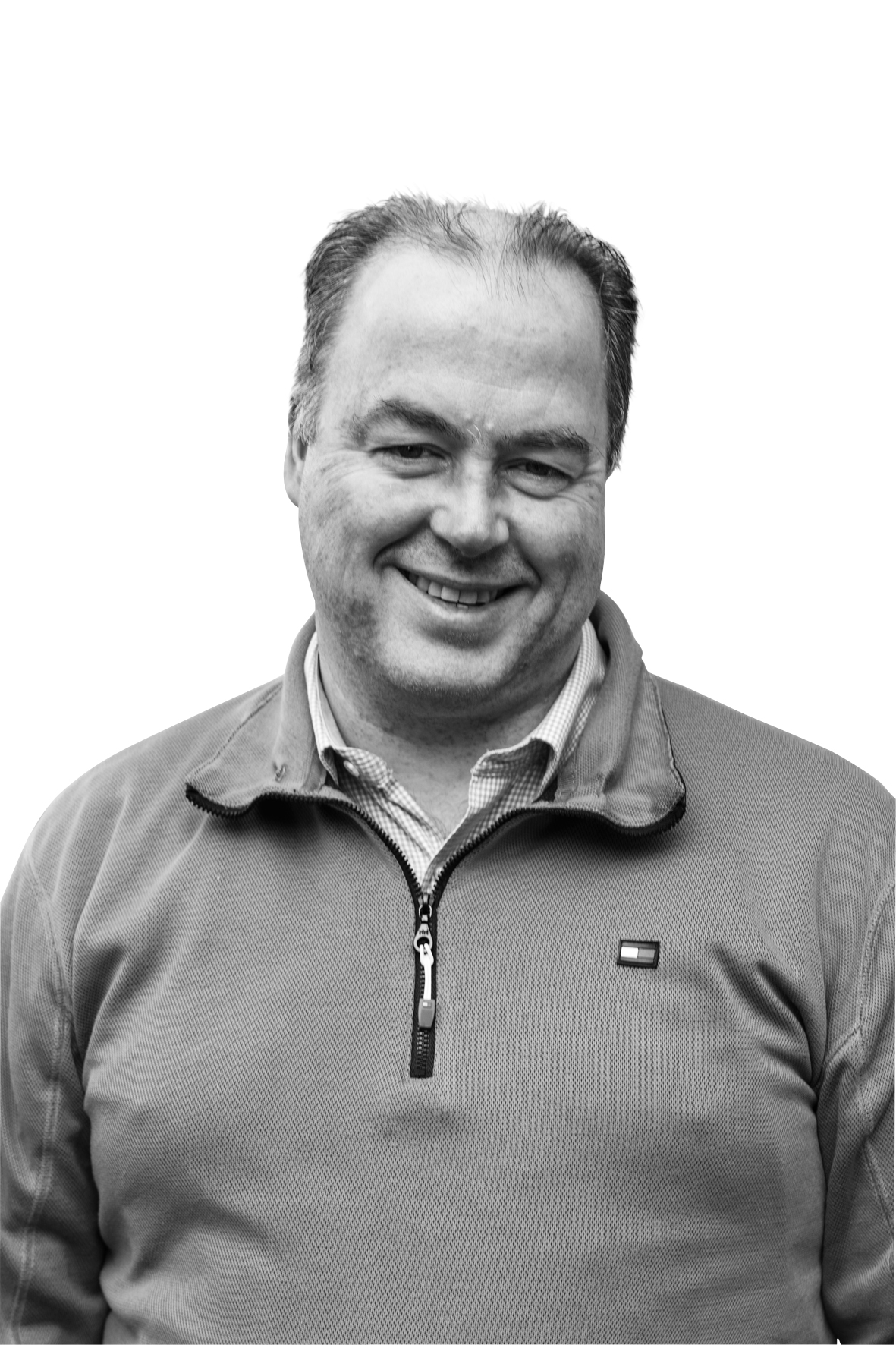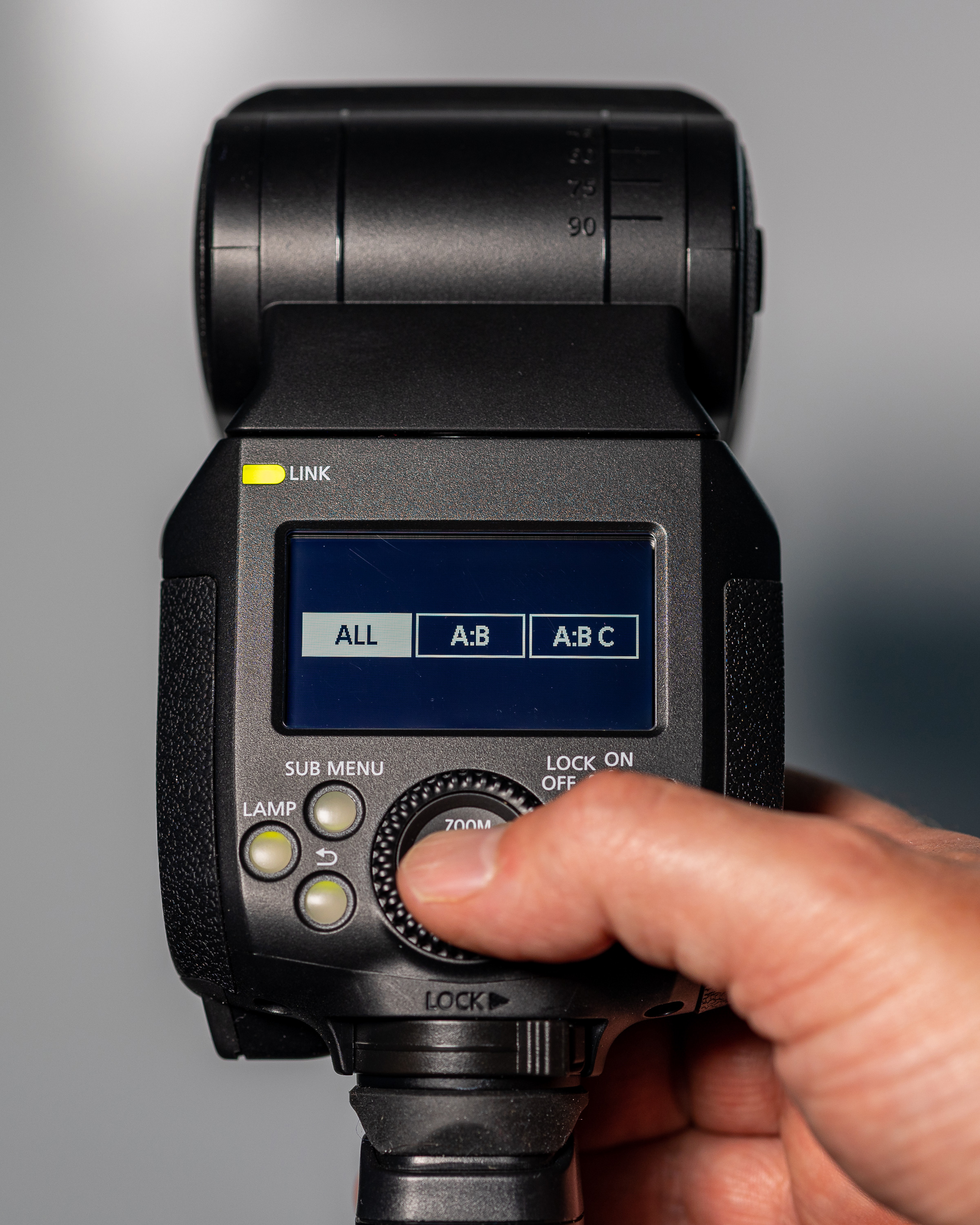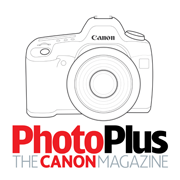This is the optimum way to fire multiple flashes off-camera
Flashes, strobes, speed lights – whatever you call them, this is the optimum way to fire them off-camera

Speed lights are used to illuminate subjects in the dark, but this is only the most basic way to work. Once the flash is taken off-camera, the position of the light becomes important – and the notion that other lights are used to accentuate other parts of the scene is helpful, too.
With multiple flashes, you need to decide how to control the lights. A sender unit on the camera gives freedom to control several flashes separately using groups. Whichever method you choose, it is always good to build lighting setups one light at a time.
Fortunately, automatic E-TTL flash is designed to work with multiple flashes. Each unit needs to be assigned to one of three groups, and the groups controlled in relation to each other.
With two groups, A and B, the camera and flash system measures the light contribution of each group and automatically adjusts power levels to achieve your chosen ratio. Auto E-TTL flash is ideal for quick setups, or where the subject may be in a different position over a series of shots.

Brian is a freelance photographer and photo tutor, based in Oxfordshire. He has unrivaled EOS DSLR knowledge, after working for Canon for over 15 years, and is on hand to answer all the EOS and photographic queries in Canon-centric magazine PhotoPlus.
Visit Brian's website
For precise control you should use manual flash exposure. Just because you decide the power of the flash, you can still decide the power of up to three groups of speed lights and change it from the camera menu or the sender unit on your camera.
Some wireless radio units make additional flexible group modes available, enabling you to control up to five separate groups while individually setting them for manual exposure, E-TTL automatic exposure or switching them off.
If you were lighting people at a party, you might want to use E-TTL for the main light, but manual for a separate light that is illuminating a background behind them. With the ability to switch a group on or off, you can pre-configure multiple lighting setups and rapidly switch between them.
Get the Digital Camera World Newsletter
The best camera deals, reviews, product advice, and unmissable photography news, direct to your inbox!
Just keep in mind that group mode requires the most concentration and button presses, so it isn’t always ideal!

PhotoPlus: The Canon Magazine is the world's only monthly newsstand title that's 100% devoted to Canon, so you can be sure the magazine is completely relevant to your system. Every issue comes with downloadable video tutorials too.
Read more:
The best Canon camera
The best Canon lenses
Hands-on-Canon EOS R10 review
PhotoPlus: The Canon Magazine is the world’s only 100% Canon-focused title on the newsstand. Launched in 2007, for 14 years it has delivered news, reviews, buying guides, features, inspirational projects and tutorials on cameras, lenses, tripods, gimbals, filters, lighting and all manner of photography equipment.
Aimed squarely at enthusiast photographers who use the Canon DSLR or mirrorless camera systems, all content is tailored to Canon users – so everything from techniques to product tests are tailored to those using the EOS camera system.
Editor Peter Travers brings 14 years of experience as both a journalist and professional photographer, with Technique Editor Dan Mold shoring up the magazine with his 6 years of expertise.


